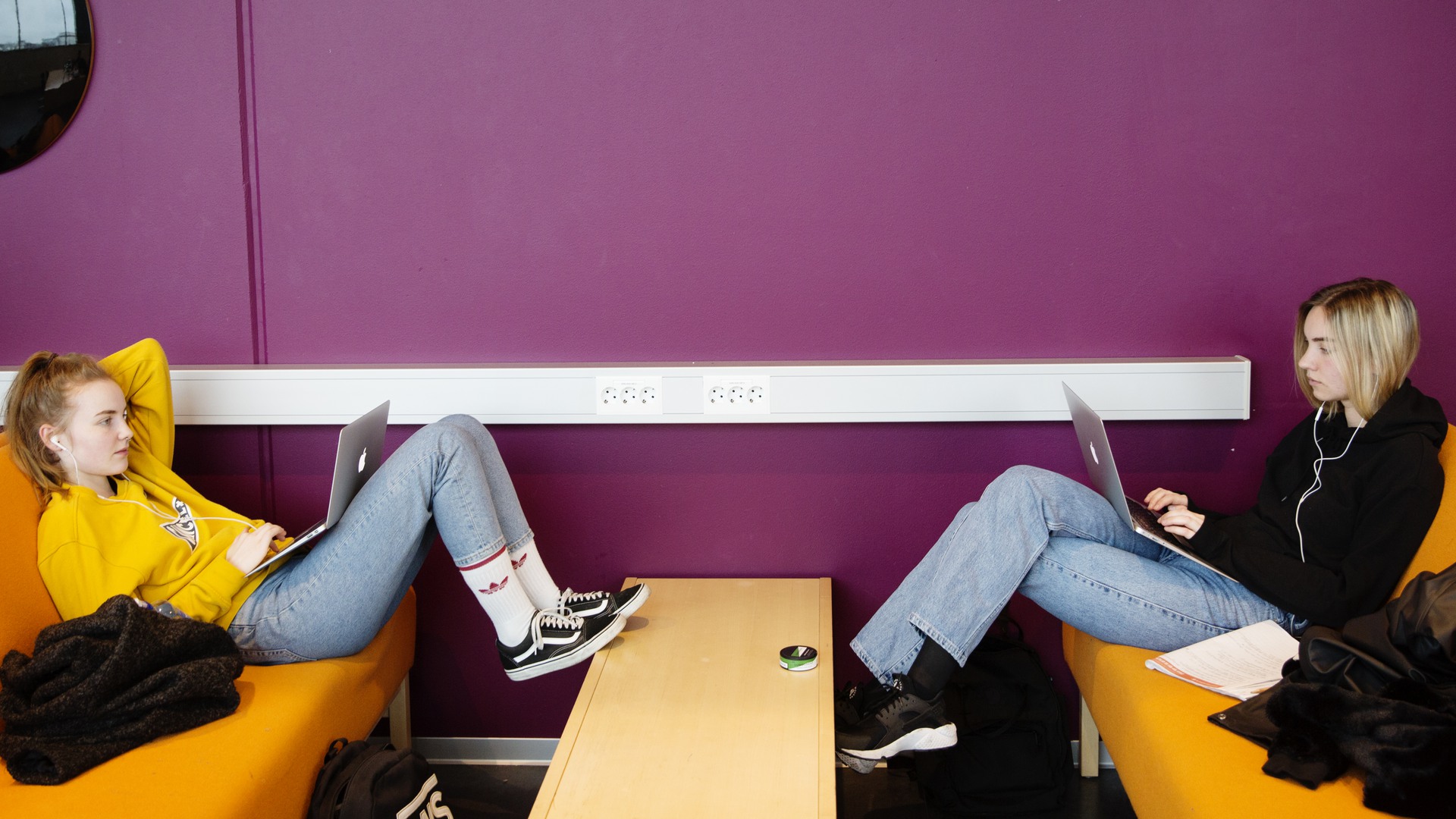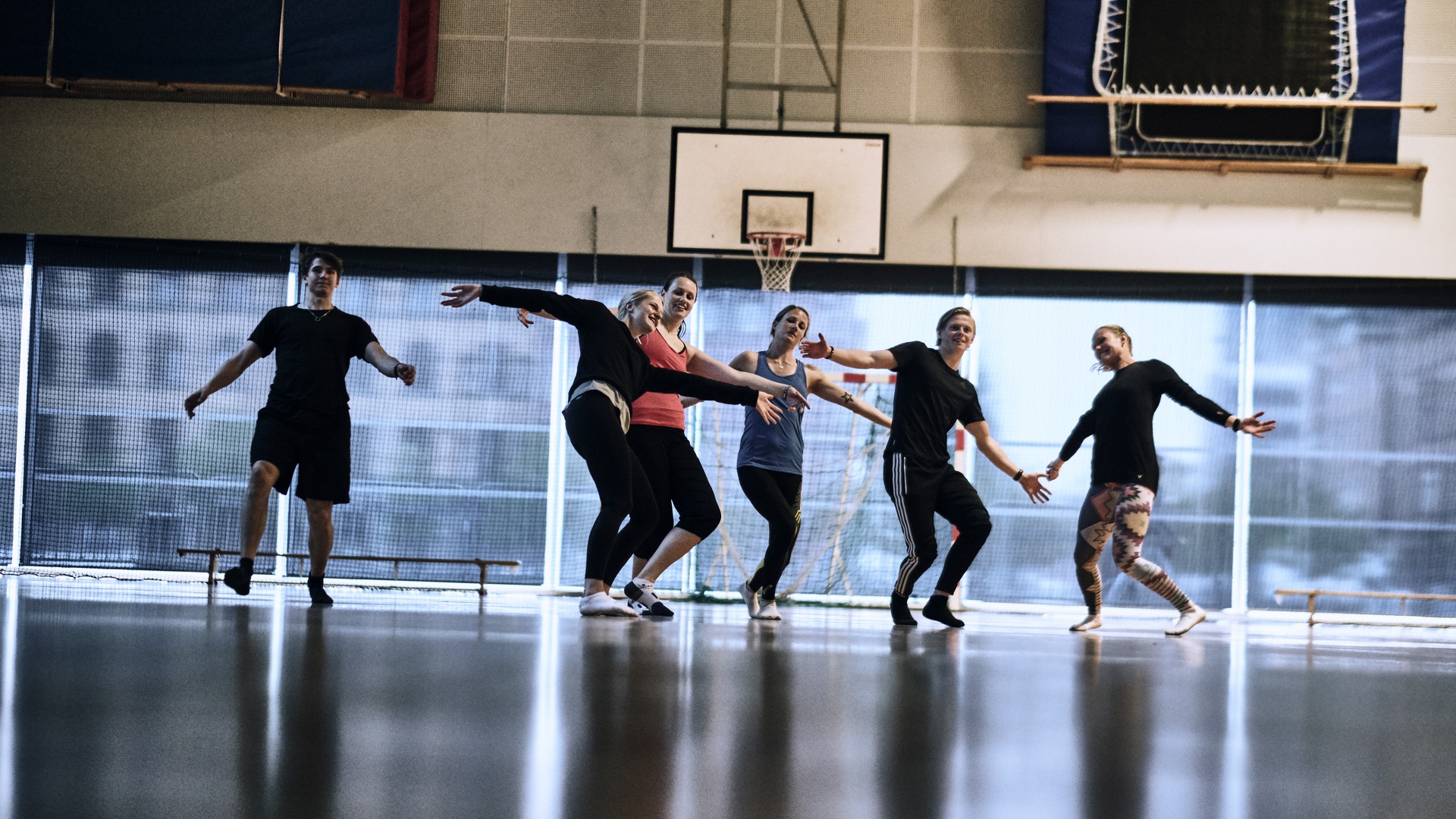Gender and Sports I
International students
International students
About the course
Sport is, like all human activity, gendered. Our perceptions of what women and men are expected to do are reflected in sports and in ideas about which sports or roles within sports organizations are more or less suitable for men and women. Simple questions are whether a woman can coach a male football team; or a whether a synchronized swimming is a masculine or feminine sport? The course is divided in two half’s. During the first part of the course women’s participation in sports activities in history and in contemporary society are studied from a structural perspective. During the second half of the course the student will concentrate on sportsman\`s or woman´s destiny, in order to analyze the destiny placed in a gendered sports regime. The course will be concluded by the student writing an essay analyzing an individual life experience from a structural perspective.
The course has web-based meetings at fixed times.
The lectures are recorded but the course introduction is live via Zoom.
Course content
The purpose of this course is that the students will develop and deepen their knowledge on gender and sports as well as gender from an international perspective. The student will also develop their academic writing.
During the first part of the course gender and sport in relation to participation and international perspectives are studied. During the second half of the course, the student will concentrate on an athletes’ sporting life in order to analyze their destiny in relation to the gender order of that time and place.
Entry requirements and selection
Entry requirements
General entry requirements + English 6
Selection
34% Upper Secondary Grades - 34% Swedish Scholastic Aptitude Test (SweSAT) - 32% University Credits
Course literature
Current literature list is available in the syllabus for the course
Course evaluation
Malmö University provides students who participate in, or who have completed a course, with the opportunity to express their opinions and describe their experiences of the course by completing a course evaluation administered by the University. The University will compile and summarise the results of course evaluations. The University will also inform participants of the results and any decisions relating to measures taken in response to the course evaluations. The results will be made available to the students (HF 1:14).



